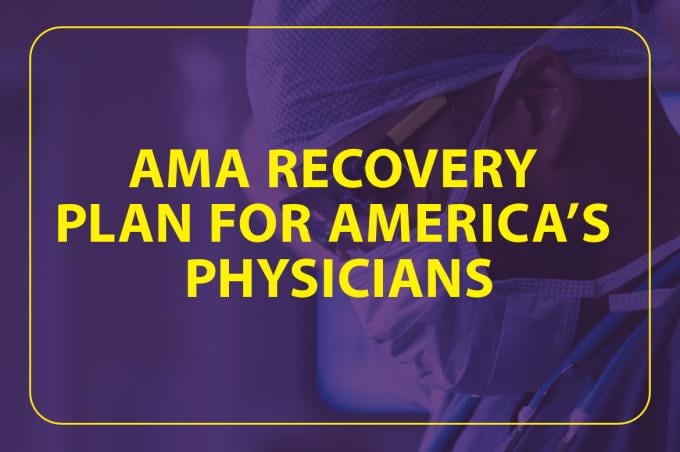The role that a medical student will play on the care team will evolve into one of increasing expertise and execution as they complete four years of medical school, plus three to seven years of residency, including 12,000–16,000 hours of clinical training.
But how will that role—and patient care—be shaped by the growing practice role of nonphysician providers such as physician assistants and nurse practitioners? Nurse practitioners, for example, complete as little as two years of graduate level education, have no residency requirement, and complete just 500–750 hours of clinical training.
As future physicians, medical students have a unique vantage point on the issue of scope-of-practice expansion. Three rising fourth-year medical students offered their insights on why it matters for their future in the field of medicine.
Learning the ropes
Abbigayle J. Rawls is an M4 at the University of Kentucky College of Medicine-Bowling Green. Having gone through her clinical rotations and elective rotations, she found that scope creep can be an “alarming reality.”
Rawls, an AMA member, has seen nonphysician providers with less extensive training than she has accumulated already doing work similar to that of board-certified physicians with years more experience.
“I started in June of 2022 on my clinical rotations,” Rawls said. “For a year, I spent time between the hospital and the operating room and outpatient clinics. Sometimes I was putting in 12–14 hours a day in training in those settings. I learned as much as I could and soaked it all in.
“When physicians, who complete years of rigorous training are not at the forefront of patient care and decision making, it's hard to see how this is the best way to achieve optimal patient care.”
Fighting scope creep is a critical component of the AMA Recovery Plan for America’s Physicians.
Patients deserve care led by physicians—the most highly educated, trained and skilled health professionals. The AMA vigorously defends the practice of medicine against scope-of-practice expansions that threaten patient safety.
Knowing the issue
Dhruv Puri, is a fourth-year medical student at the University of California San Diego School of Medicine. He believes a full understanding of scope-of-practice expansion is vital for medical students as they ponder their future career paths.
"This topic can really be a factor in thinking about where you are going to match, what are you going to do your training in,” said Puri, an AMA member who hopes to specialize in urology. “I think we can do more to educate our trainees so that they enter the workforce with more agency around this issue and the tools to address it.”
Puri urged medical students to take an active role in organized medicine to better educate themselves about scope of practice expansions and to become effective advocates for their future practices.
“By engaging in discussions and staying informed about these developments, future physicians can make informed decisions about their career paths and ensure they are well-prepared to address potential changes in the health care landscape,” Puri said.
Look for the right leaders
An MD-MPH student at the University of Miami, Neva Lundy said that physician-led, interprofessional teams can improve patient outcomes—especially when providers work as a cohesive team. Those teams, she said, require effective physician leadership. She believes that lessons in leadership can be gained during medical training.
On a macro level, she urged medical students to get involved in the AMA and other physician organizations to better understand the challenges of scope creep.
For individualized lessons on physician leadership of interprofessional teams, “I’d tell medical students to find physicians who are effective at building team comradery. Look at how they respect patients and other practitioners,” Lundy said. “Watch how they build their own style of leadership—whether it’s servant leadership, democratic leadership, whatever fits for the student. Once you find those physicians, build a mentorship relationship with them.
Find out in detail why education matters to medical scope of practice, with information on:
- Nurse practitioners compared with physicians.
- Physician assistants compared with physicians.
- Nurse anesthetists compared with anesthesiologists.
- Psychologists compared with psychiatrists.
- Naturopaths compared with physicians.
Visit AMA Advocacy in Action to find out what’s at stake in fighting scope creep and other advocacy priorities the AMA is actively working on.





